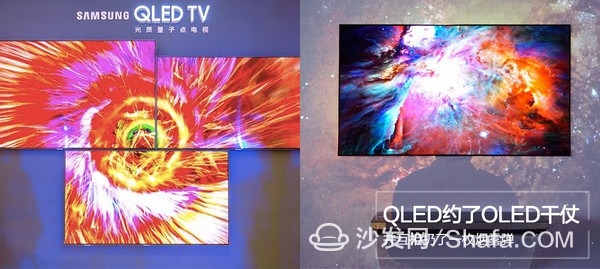
The pattern of Q and O seems to have undergone some subtle changes, consumer demand is changing, and the industry trend is changing. Five years ago, the two may not have much comparability. One is very familiar, and one is high-energy and low-yield. Five years later, In the path of compromise and growth, the situation is very different. Therefore, it is very necessary to revisit "the old things again" today.
If the success of the product is defined as the acquisition of a large number of markets, then in addition to discussing the technology itself, we must understand the market demand for technology and the industrial alliance for the adoption of technology. Because in addition to taking advantage of the situation, it is also possible to "be humanistic."
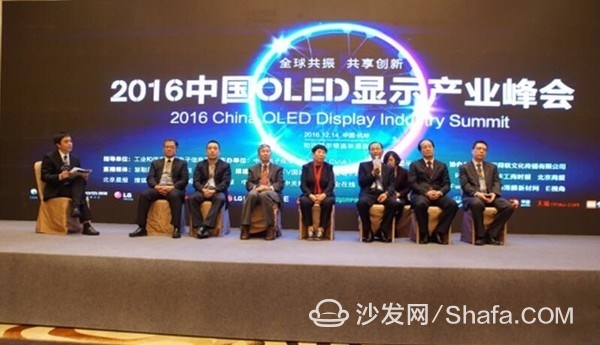
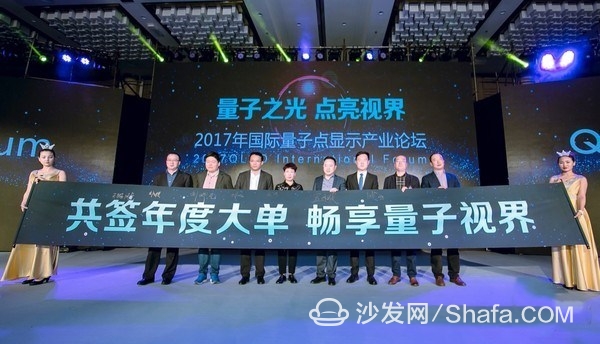
From the "trend" point of view, OLED seems very strong; but from the perspective of the overall market supply and demand, QLED still occupy more than half of the country.
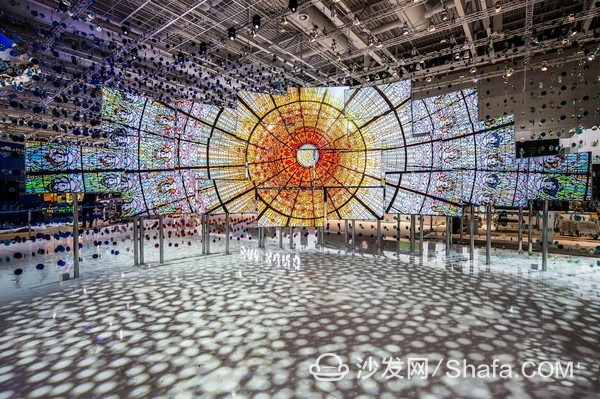
The wave of technological change this time is the competition and compromise between Q and O.
What kind of experience is called the ultimate visual experience?
Everyone should not think that OLED is a better technology than QLED because it changes the mode of light emission. In fact, both QLEDs and OLEDs represent the development direction of future display technologies, but at the same time they are all facing the pressure and constraints of technology and cost games. In the fierce market competition, all seemingly good things may be a product of compromise when presented to you. You should have a deep understanding and technology has been improving, but the quality of the product does not always have to grow, because the cost advantage has affected the survival of the product.
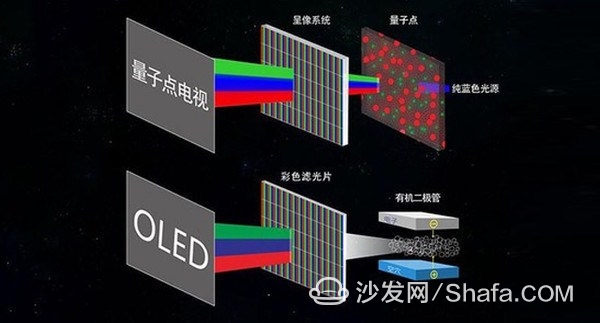
The final form of the QLED should be a quantum dot material that actively emits light, which does not require a backlight source for the display device. The current form is the distribution of quantum dot film in front of the blue LED, resulting in a higher purity backlight, through liquid crystal molecules to bring more "pure" color performance.
The final form of the OLED should be an OLED organic material that actively emits light, producing RGB three primary colors that constitute the color. The current form is the use of white light OLED technology, OLED only acts as a self-illumination backlight, also need to filter this process.
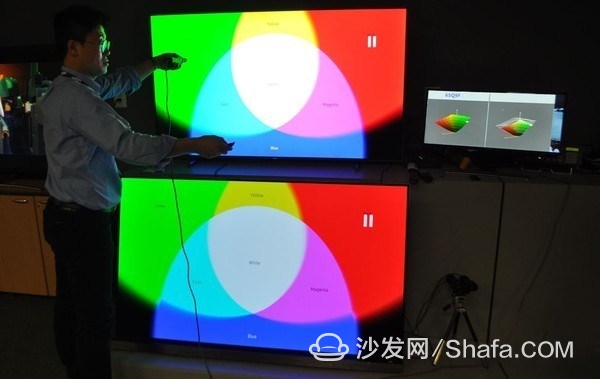
Quantum dots have an interesting property. By changing the size of a quantum dot, it can affect the wavelength difference of its emission, and thus affect the color of its emission. When the size is small, blue light is emitted, and the size becomes larger and greener, yellowish green, then orange, and finally red. This interesting feature makes quantum dots an endorsement of high color gamut. The same material can meet the needs of different color gamuts.
The existing color television display technology relies on the combination of three primary colors of red, green, and blue to form a color. The spectrum of the quantum dot film backlight and the OLED technology in the red, green and blue colors is approximately as shown in the following diagram. We can see that both the Q and O of the blue spectrum are Very clear and clear, but between green and red, OLEDs are not as pure as quantum dots. Therefore, in order to obtain more pure three primary colors, OLED will use a stronger filter layer. In turn, this method will reduce its energy efficiency, and color gamut and brightness will not be fully displayed.
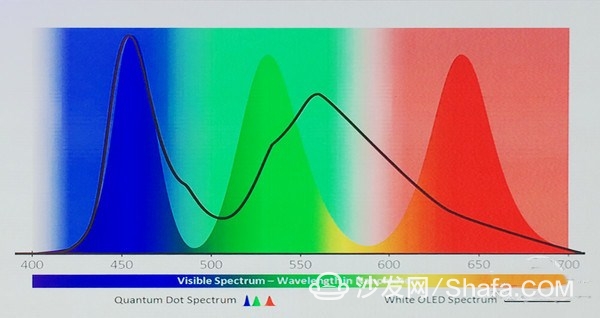
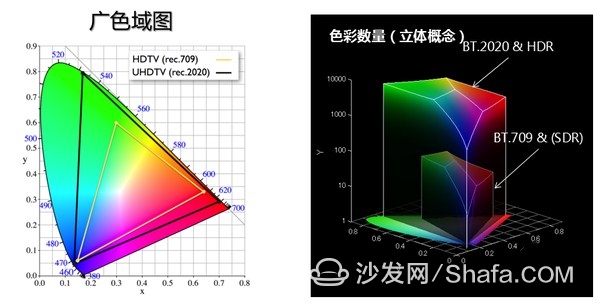
For example, watching a picture of a volcanic eruption, or watching a video of a volcanic eruption on a typical display device, is no way to experience the kind of spectacularness that comes to the scene. The reason is that although there is an accurate color of the volcanic eruption on the photo, if the color is not displayed at the proper brightness, there is no way to give you a real feeling.
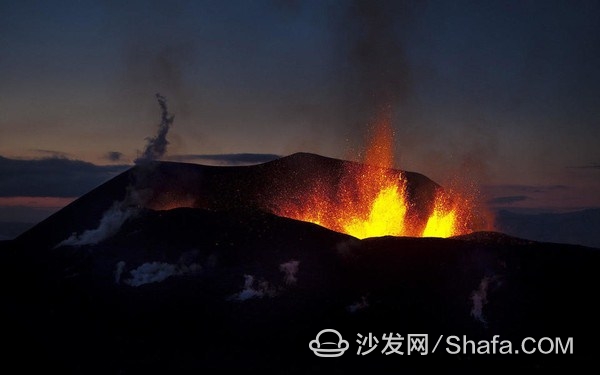
QLED TV adopts the traditional backlight mode, which increases the power consumption of LED and adopts bolder backlight technology, which can make the brightness of the TV higher. Like Sony's Z9D and Samsung QLED TV peak brightness can reach more than 1500nit.
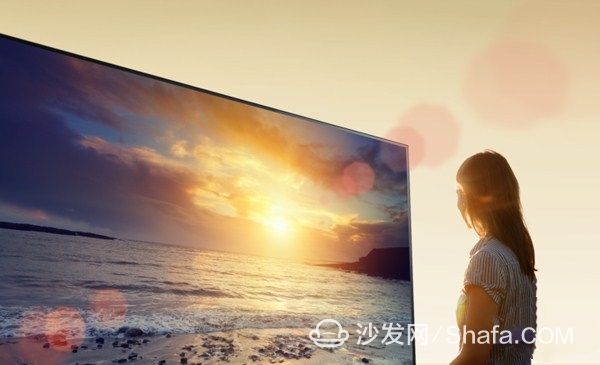
Actually effective contrast is determined not only by one pixel but also by how much light is reflected by this pixel. Unless you are watching television in a dark room, there will be interference from reflected light. So it is difficult to achieve zero brightness in absolute terms. Therefore, in the case that the overall brightness of the QLED is higher than that of the OLED, the lower the brightness of the TV playback screen is, the more advantageous the OLED is, but the brightness of the screen is continuously enhanced, and the effective contrast advantage of the QLED becomes more pronounced.
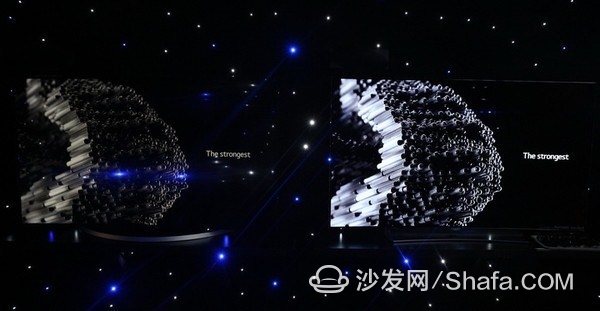
Incidentally, the OLED burning problem in rumors is also mentioned. Since 2016, LGD has used three-color OLEDs to superimpose white light instead of the old blue-and-yellow OLEDs. Moreover, OLED materials use Sumitomo Chemical's most advanced materials. Burning screens are no longer a problem. So Sony and Panasonic dared to adopt the LGD OLED screen this year.
After a long period of PK, QLED and OLED did not completely determine the outcome, but have their own different style characteristics. In the path of restoring the real world, everyone has different ways to achieve it, but no one is omnipotent and there is always a certain complementary relationship. Just like online and offline in business, 3D and VR in film and television, traditional Chinese medicine and western medicine in medicine, are all coexisting relationships.
Are some of the conditions beyond the picture quality talking about consumer purchases of television just picture quality? Q and O can't just use the picture quality to make a simple brutal comparison. Designing or saying "replacement" has become an unstoppable innovation in the fast food culture of products.
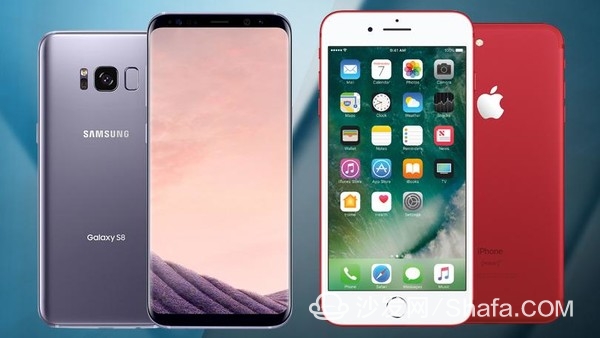
OLED's greatest admiration should be the unique form of the product. The structural advantage of simplicity derives from the industrial design of the product. It is thought that the most beautiful products nevertheless emerge from the bones and do not require any additional packaging. The elegance of OLED technology is indeed refreshing.
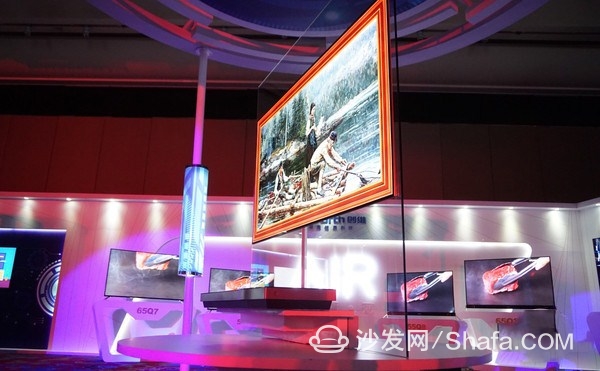
QLEDs can also be ultra-thin, but they must be discounted on the backlight module. So from the structural point of view, we have to admire OLED.
There is one more thing that must be mentioned. The price, everything is out of comparison with the price. LG's OLED saw Samsung's QLED cry, did not expect the same size can even be cheaper than I am almost half; immediately saw Sony's 100 å‹ Z9D it laughed again, did not think this guy actually bought 500,000; and Sony to see LG's OLED also laughed, this guy is only 77 inches.
In conclusion, QLEDs and OLEDs do not seem to be comparable products in the media mouth. The QLED is more like an honest traveler who has accumulated hundreds of millions of steps and has a vast experience in him. OLED is more like a supermodel who walks in various major shows. He wears thousands of sets of fashion and has unique insights on fashion and beauty.

Smart TV/box information can focus on smart TV information network sofa butler (http://), China's influential TV box and smart TV website, providing information, communication, TV boxes, smart TVs, smart TV software, etc. Answering questions.
TWS, means true wireless stereo. The implementation of this technology is based on the development of bluetooth chip technology. Technically speaking, it means that the mobile phone is connected to the main speaker, and then the main speaker is connected to the speaker through the Bluetooth wireless mode, thereby realizing the true separation of the left and right channels of the Bluetooth. When the slave speaker is not connected, the main speaker returns to the mono sound quality. TWS technology is used in the field of Bluetooth Headsets, so it has also spawned a new product - TWS Bluetooth headset.Since the TWS Bluetooth headset does not require a wired connection, the left and right earphones form a stereo system through Bluetooth, and the convenience of listening, talking, and wearing are improved.
Advantages:
1. True wireless structure, completely abandon wired troubles, and exercise more freely.
2. Various ways of use, both exclusive and shared, and can also be used as two earphones.
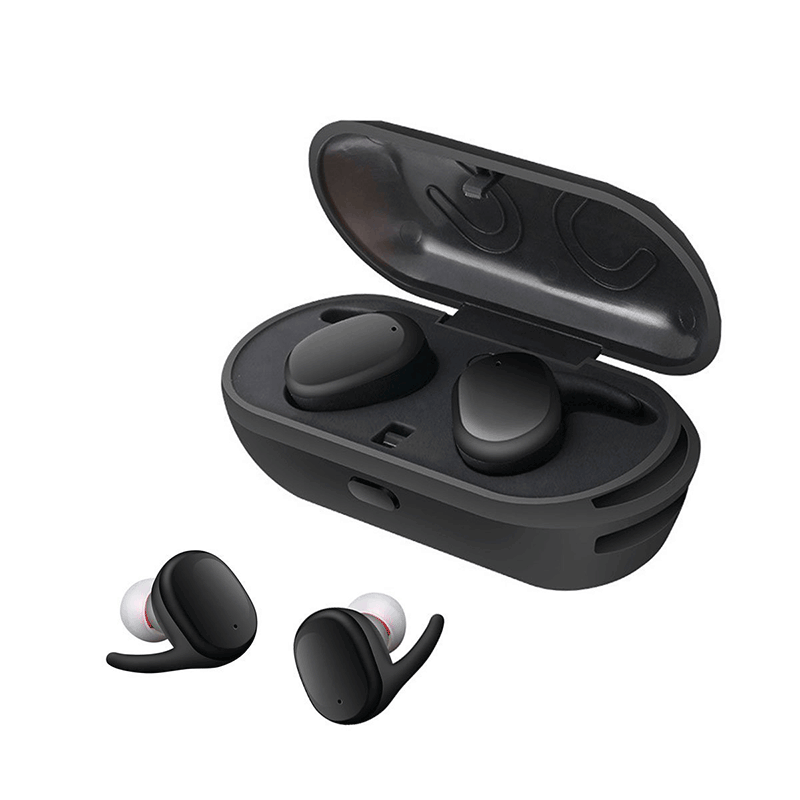
Headphones Earbuds,Bluetooth Earbuds,Earbud Bluetooth,Ear Buds
Shenzhen Linx Technology Co., Ltd. , https://www.linxheadphone.com
